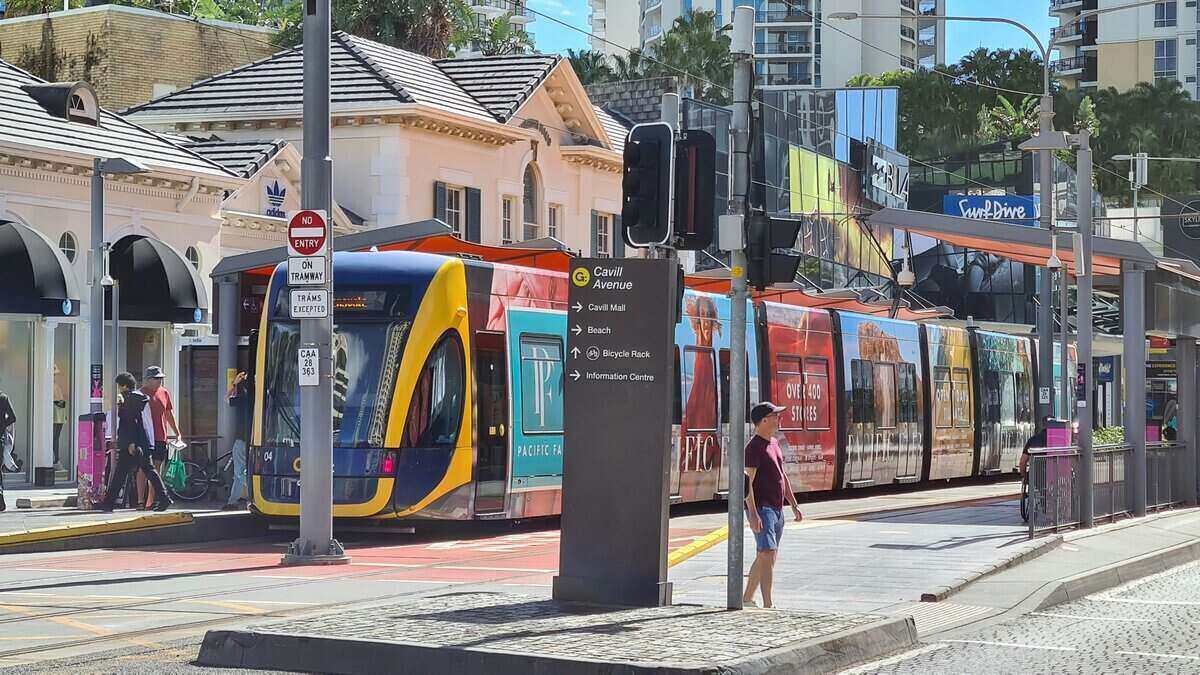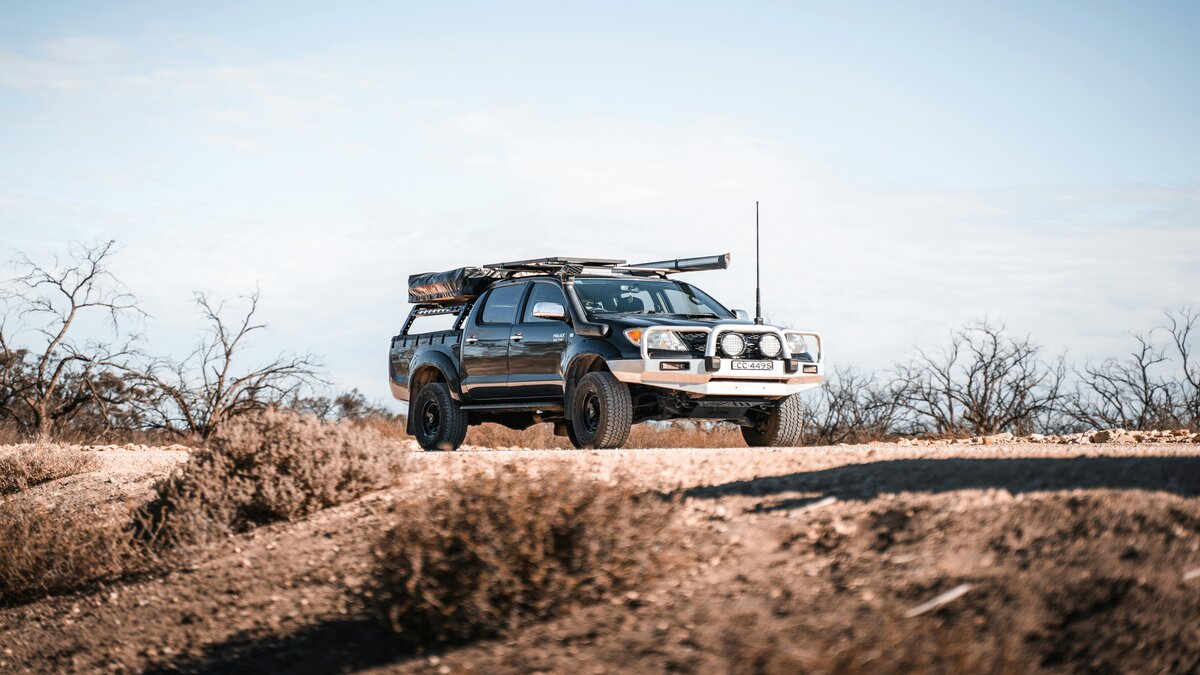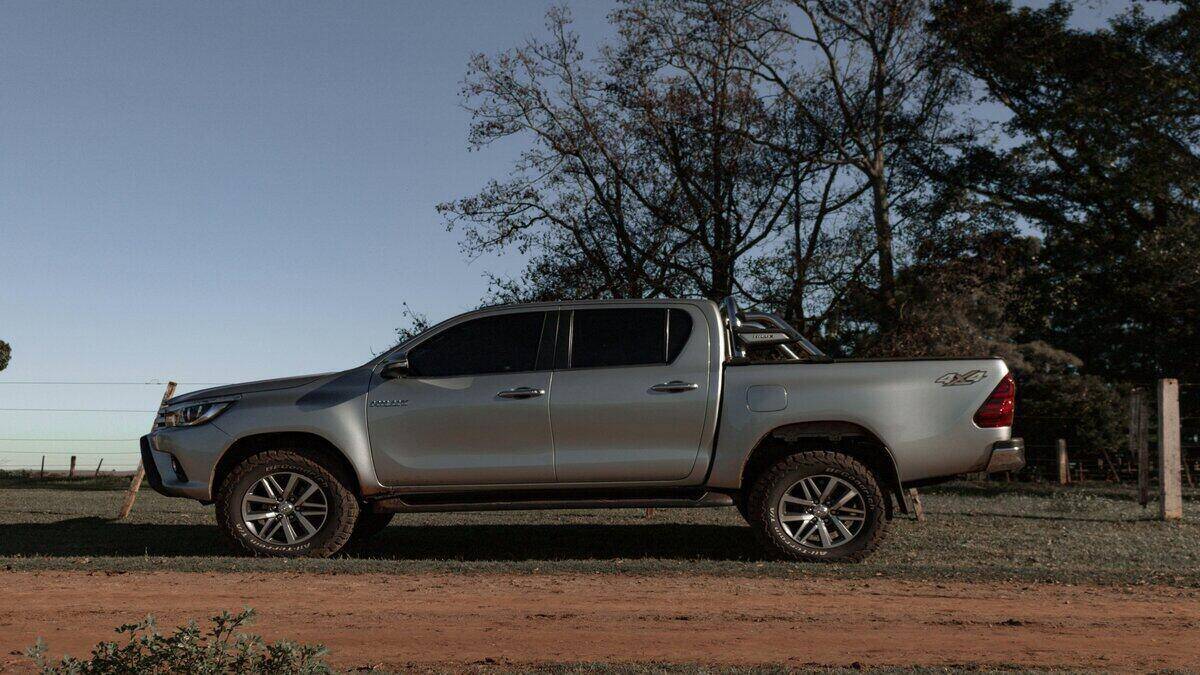The change will kick in on 5 August, applying to trains, buses, CityCat ferries and the light rail on the Gold Coast, and will be trialled for six months (until just after the October state elections).
It will make public transport in Queensland the cheapest in Australia, and Premier Stephen Miles says it could save commuters thousands.
"For someone catching the train to work in Brisbane from Mango Hill, it costs up to $96 per week," Mr Miles said.
"From 5 August 2024, that same trip from Mango Hill to the city and back would only cost $5 for the whole week - that's nearly $90 back in your pocket every week."
That's based on a commuter buying paper tickets travelling twice a day, five times a week at peak times - tickets are cheaper when purchased using a go card or contactless.
The Government also expects the changes to benefit commuters who are driving to work by reducing the number of cars on the road.
"We hope [these changes] will make a lot more people in the South-East consider using public transport for their daily commute, which reduces congestion for everyone," Deputy Premier Cameron Dick explained.
Yep, you heard that right. 50 cents for all translink public transport fares from August 5. pic.twitter.com/2TmyVLFBpg
— Steven Miles (@StevenJMiles) May 26, 2024
How much can commuters in SEQ save?
Public transport in South East Queensland is divided into eight zones, covering Brisbane, Ipswich, Sunshine Coast and Gold Coast.
At the moment, fares are calculated based on how many zones you travel, with tickets more expensive at peak hours (6.30am-8.30am and 3.30pm to 7pm on weekdays).
It's also more expensive to travel on a single paper ticket rather than using a go card or contactless payment.
For commuters who travel to the city every weekday morning and evening at peak times, paying adult prices using a go card or contactless payment, this is a rough guide to your potential savings:
| Zones travelled | Commuters travelling from: | Current fare for single trip | Current weekly cost* | New weekly cost | Weekly Savings | Savings over six months |
|---|---|---|---|---|---|---|
| One | Inner Brisbane, out as far as Indooroopilly, Coorparoo, Northgate | $3.55 | $31.95 | $5 | $26.95 | $700.70 |
| Two | Outer suburbs, as far north as Strathpine, west as Kenmore and south as Browns Plains | $4.34 | $39.06 | $5 | $34.06 | $885.56 |
| Three | Surrounding areas to Brisbane like Caboolture, Ipswich, Beenleigh | $6.63 | $59.67 | $5 | $54.67 | $1,421.42 |
| Four | Beerburrum, Bribie to the north, Beadesert to the South, Rosewood to the West | $8.72 | $78.48 | $5 | $73.48 | $1,910.48 |
| Five | Caloundra, Eudlo to the north, Gatton to the west, Robina to the south | $11.46 | $103.14 | $5 | $98.14 | $2,551.64 |
| Six | North as far as Nambour, the last western zone before becoming Toowoomba, Varsity Lakes to the South | $14.55 | $130.95 | $5 | $125.95 | $3,274.70 |
| Seven | Up north to Eumundi and Peregian Springs, south to the NSW border | $18.10 | $162.90 | $5 | $157.90 | $4,105.40 |
| Eight | Only northern, Noosa heads to Gympie North | $21.48 | $193.32 | $5 | $188.32 | $4,896.32 |
*Per the Translink website, Queenslanders who make more than 8 trips in a week on the same go card receive half price fares for subsequent journeys. This means paying the equivalent of nine fares for ten trips.
What about the rest of Queensland?
It isn't just residents of Brisbane and the surrounding areas set to benefit, as fares in the other 15 Queensland transport regions will also be reduced.
In places like Townsville, Toowoomba or Cairns, only paper tickets are available, but at a lower rate than the more densely populated SEQ region.
This is how much commuters across regional Queensland could save:
| Zones travelled | Current fare for single trip | Current weekly cost* | New weekly cost | Weekly Savings | Savings over six months |
|---|---|---|---|---|---|
| One | $2.40 | $21.60 | $5 | $16.60 | $431.60 |
| Two | $3.00 | $27.00 | $5 | $22.00 | $572.00 |
| Three | $3.60 | $32.40 | $5 | $27.40 | $712.40 |
| Four | $4.20 | $37.80 | $5 | $32.80 | $852.80 |
| Five | $4.80 | $43.20 | $5 | $38.20 | $993.20 |
| Six | $5.40 | $48.60 | $5 | $43.60 | $1,133.60 |
| Seven | $6.00 | $54.00 | $5 | $49.00 | $1,274.00 |
| Eight | $6.60 | $59.40 | $5 | $54.40 | $1,414.40 |
| Nine | $7.20 | $64.80 | $5 | $59.80 | $1,554.80 |
| Ten | $7.80 | $70.20 | $5 | $65.20 | $1,695.20 |
| Eleven | $8.40 | $75.60 | $5 | $70.60 | $1,835.60 |
Picture by Nico Smit on Unsplash



 Denise Raward
Denise Raward
 Harry O'Sullivan
Harry O'Sullivan